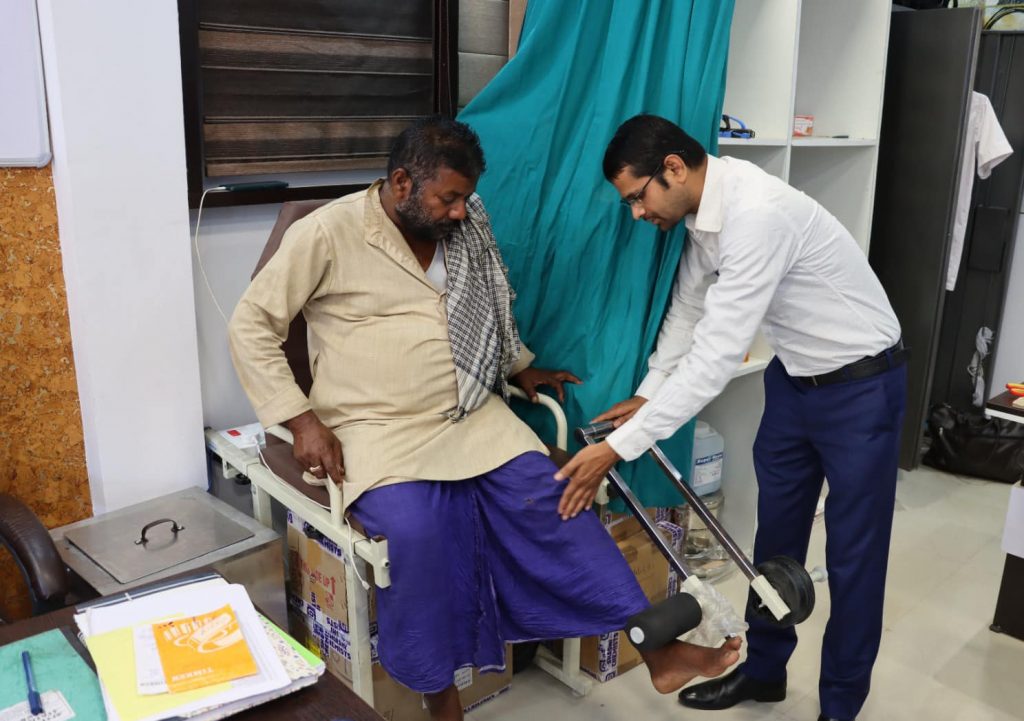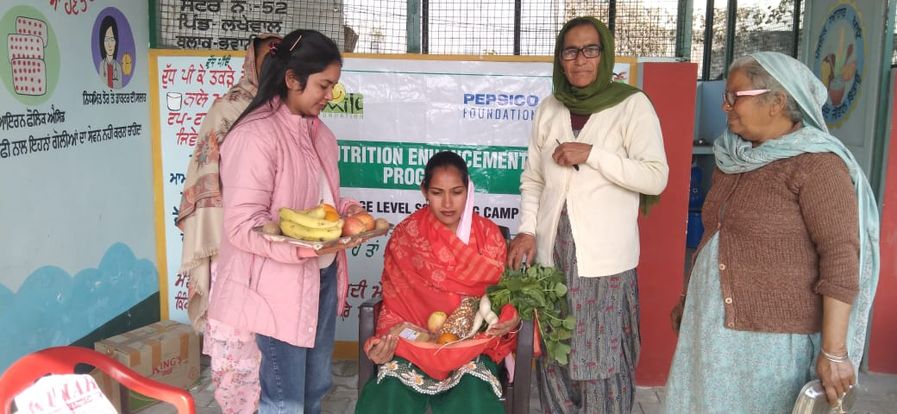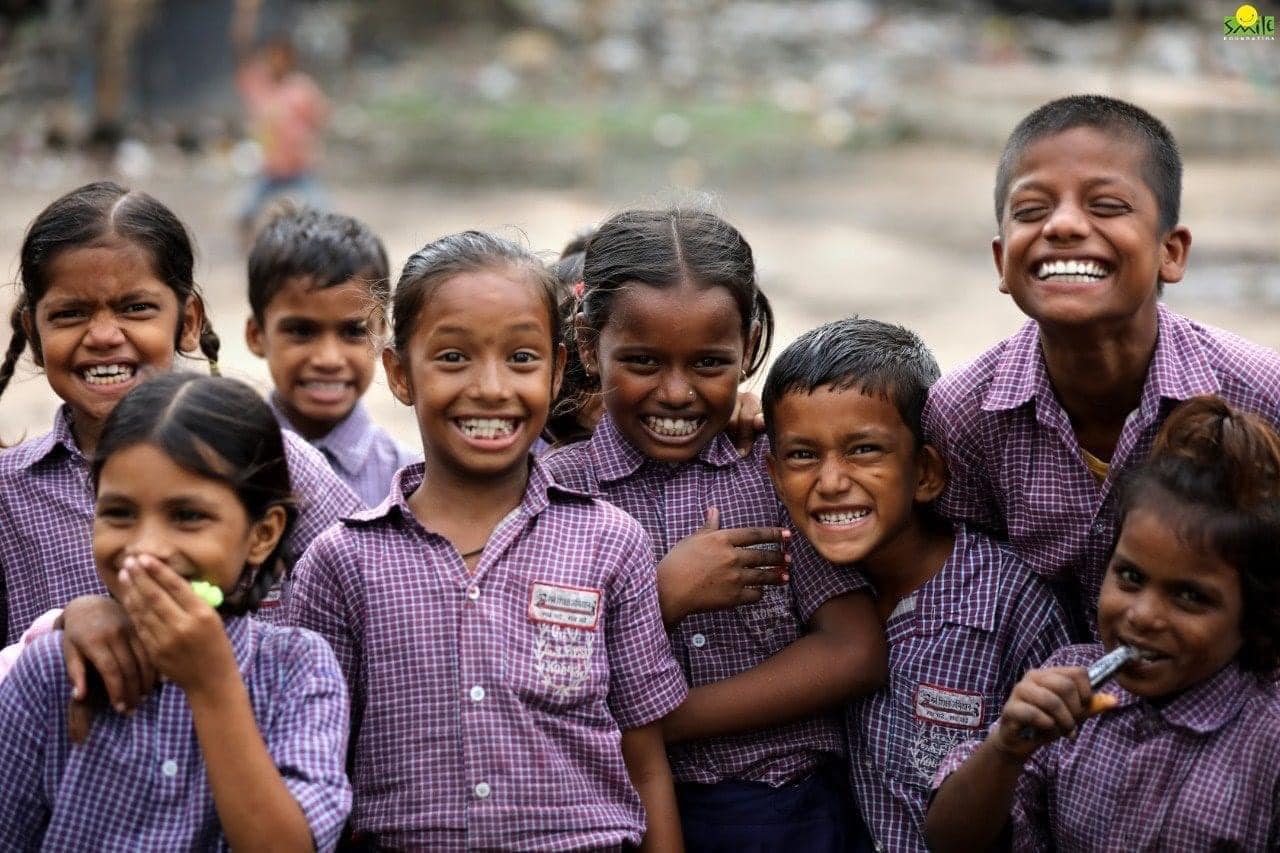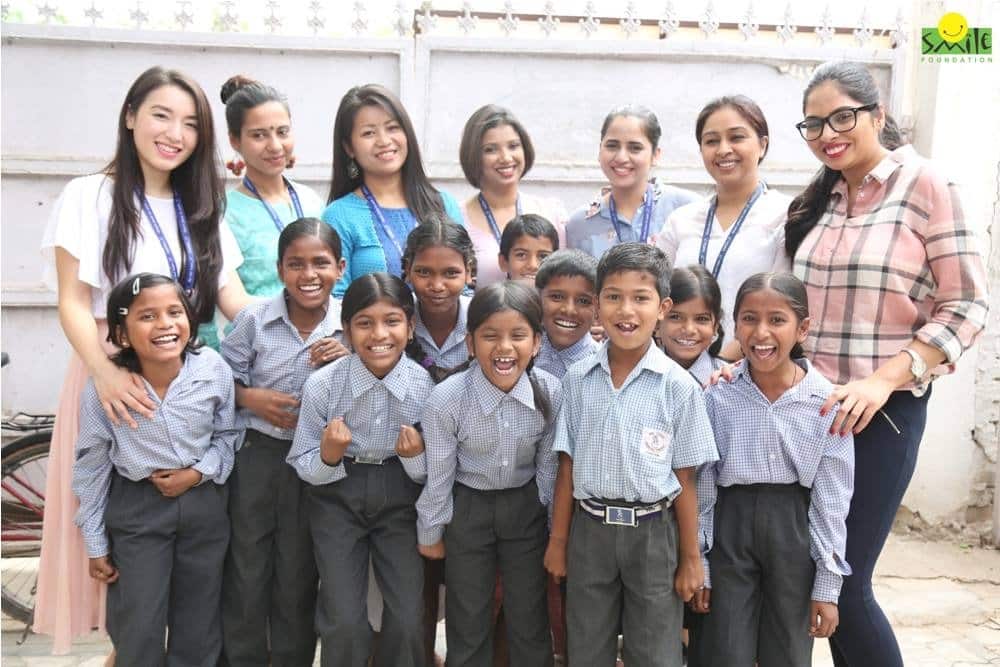The challenges of rural and urban India are unique. The former suffers from basic life facilities like healthcare and transport, while the latter struggles with a lack of peace and quality of life. It’s hard to judge whose problems are more pressing, but India’s rural health problems and challenges deserve urgent attention.
Rural India’s Healthcare Woes
Access to quality healthcare is a fundamental right, but the Indian government faces humongous challenges in providing healthcare services to remote rural areas. Several factors contribute to the lack of healthcare facilities in rural areas, including inadequate infrastructure, limited resources, and a shortage of healthcare professionals.
Indians living in remote areas often travel tens of kilometres to access basic healthcare services. Travelling far and wide for treatment affects their health. Additionally, nearly 90% of rural India is not covered by insurance. Individuals often fund their treatment through loans, which affects their financial stability and worsens their condition.
Fortunately, there is a way out of the problem. Innovative approaches and collaborative efforts can bridge this gap and ensure the most remote communities receive the healthcare they deserve.
The Road to a Healthier Rural India: Rural Health Problems
Listed below are a few ways to address the rural healthcare problem in India and fulfil the dream of an inclusive country:
Strengthening Telemedicine Services
The implementation and strengthening of telemedicine services can help address remote rural healthcare needs in India. Telemedicine utilizes technology to connect patients in remote areas with healthcare professionals located miles away. Through video conferencing, remote consultations, diagnosis, and even treatment can take place, eliminating the need for patients to travel long distances.
Government initiatives should focus on expanding the necessary technological infrastructure to make telemedicine more accessible like it supported our telemedicine project in Mewat, Haryana for healthcare to become accessible to those who need it the most.
Training programs can also be introduced to educate healthcare professionals in remote areas on how to effectively use telemedicine platforms. Additionally, creating awareness among locals about the benefits of telemedicine can help overcome scepticism or reluctance towards this innovative approach.
Mobile Clinics and Healthcare Outreach Programs
Another effective strategy to improve medical facilities in rural areas is the deployment of mobile clinics and healthcare outreach programs. Mobile clinics, equipped with basic medical equipment and staffed by healthcare professionals, can travel to underserved regions regularly.
They can provide essential primary healthcare services, including basic diagnosis, preventive care, immunizations, and distribution of medications. Health camps can also be organized periodically, offering a comprehensive range of services and specialist consultations to address specific healthcare needs.
Smile Foundation’s State Clinics is an excellent example. The clinics provide physiotherapy and OPD services to the beneficiaries 22 days every month. They serve the unreached and underserved populations, primarily truck drivers, as they suffer from several health issues such as bone ailments, back pain, neck pain etc. Up to 50 beneficiaries get daily treatments through the project.
The clinics are present in Delhi with Smile working on increasing access to primary healthcare at doorstep through Smile on Wheels in other locations. Thiruvallur, Kakalur, Uthukottai, and Thiruninravur in Thiruvallur district and Sriperumbudur in Kanchipuram district in Tamil Nadu are all proposed locations for the mobile medical unit, which project will address the needs of the most vulnerable within the community like women and children.
However, collaboration between similar NGOs, government agencies, and private healthcare providers is crucial for the success of such initiatives. Joint efforts can secure funding, ensure regular visits, and provide sustainable healthcare services to remote communities.
It is vital to engage local communities, forming partnerships that empower them to take ownership of their healthcare needs. The communities must participate actively in the planning and implementation of mobile clinics and health camps.
Strengthening Healthcare Infrastructure: Solving Rural Health Problems
Improving healthcare infrastructure in remote rural areas is essential to ensure sustainable and long-term access to quality healthcare. This includes establishing and upgrading healthcare facilities such as primary health centres, community health centres, and hospitals.
Adequate staffing with trained healthcare professionals and the availability of essential medical equipment and supplies are critical components of a robust healthcare infrastructure. To achieve this, government initiatives should prioritize the allocation of resources and investments in rural healthcare. Public-private partnerships need fostering to attract private-sector investments in infrastructure development.
Additionally, more policies can be implemented to incentivize healthcare professionals to serve in rural areas. This needs financial support, career development opportunities, and providing better living conditions.
Closing Thoughts
The rural economy is vital for India’s push as one of the leading economies of this decade. However, the rural community cannot contribute without proper healthcare facilities. The government must focus its efforts on providing medical facilities in rural areas and ensuring communities have the strength and numbers to contribute.
Resolving remote rural healthcare needs in India requires a multi-faceted approach involving telemedicine, mobile clinics, health camps, and infrastructure development. It demands collaboration between government agencies, NGOs, private sector entities, and local communities.
By embracing innovation, leveraging technology, and strengthening healthcare systems, authorities can address rural healthcare challenges and ensure that no individual is left behind in accessing quality healthcare. Together, it is possible to create a healthier and more equitable future for all the people of rural India.









